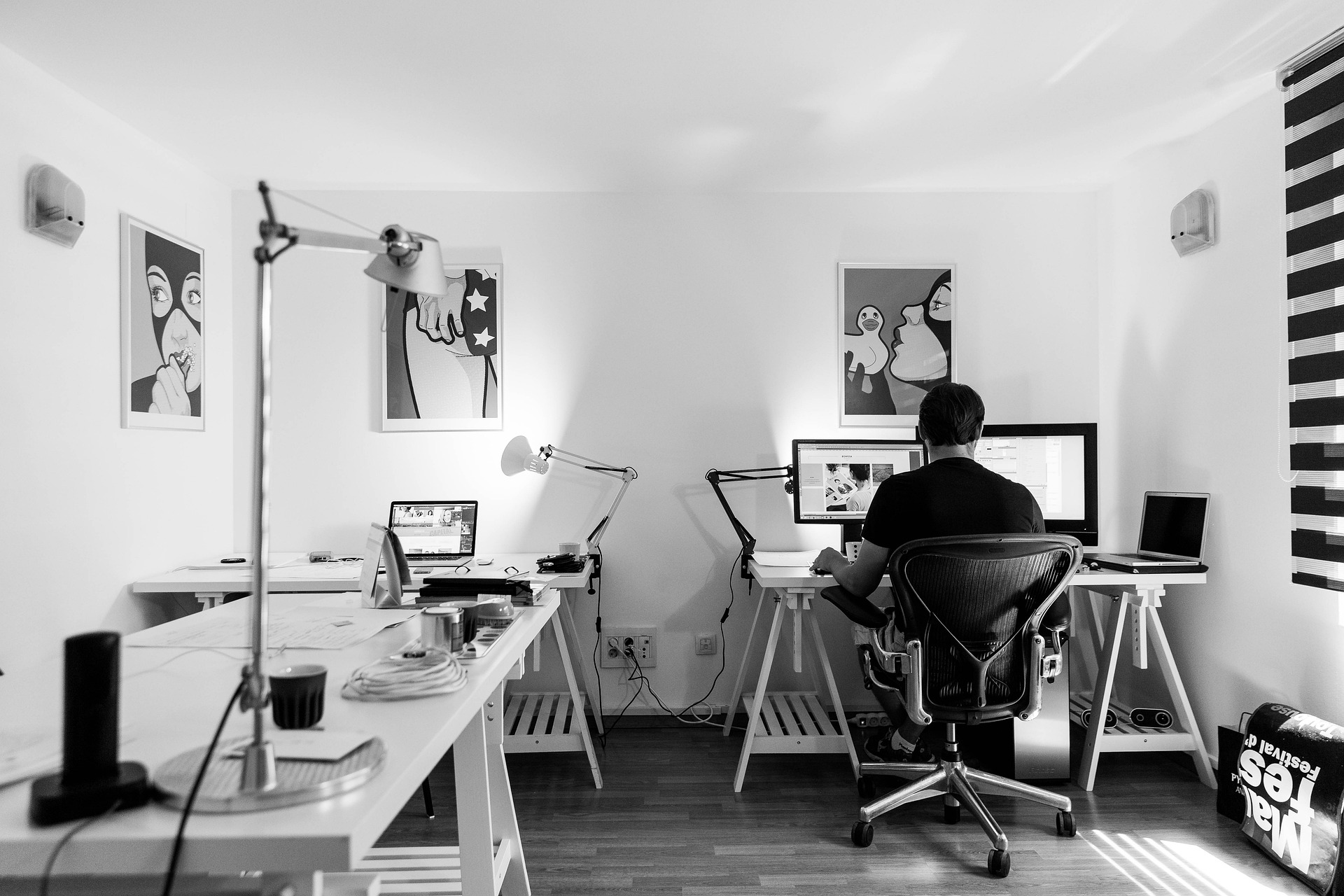Modern Multi-Use Homes
In today’s fast-paced world, the concept of home is rapidly evolving. No longer just a place to rest and recharge, modern homes are becoming dynamic spaces that cater to a variety of needs and activities. From home offices and gyms to entertainment zones and guest accommodations, the trend of multi-use homes is on the rise. But what exactly are multi-use spaces, and why are they becoming so popular? This article delves into the key features, benefits, and future possibilities of these adaptable living areas, highlighting how they maximise limited space, embrace technology, and incorporate sustainable design principles.
Maximising Limited Spaces
With urban living on the rise and property prices skyrocketing, maximising limited space has become a crucial aspect of modern home design. Multi-use spaces are an ingenious solution to this challenge, allowing homeowners to make the most out of every square metre.
Efficient Use of Space
One of the main advantages of multi-use spaces is their ability to transform small areas into versatile zones that serve multiple functions. For instance, a living room can double as a home office during the day and an entertainment area in the evening. By using furniture that can be easily moved or folded away, such as sofa beds or collapsible desks, homeowners can seamlessly transition between different uses.
Creative Storage Solutions
Another key feature of multi-use spaces is the emphasis on creative storage solutions. Built-in shelving, under-stair storage, and multi-functional furniture with hidden compartments are all popular choices. These solutions not only help keep the space tidy and clutter-free but also ensure that every inch of the home is utilised efficiently.
Embracing Technology in Multi-Use Spaces
Technology plays a pivotal role in the functionality and versatility of multi-use spaces. From smart home devices to flexible lighting solutions, tech innovations are making it easier than ever to create adaptable living areas.
Smart Home Devices
Smart home technology allows homeowners to control various aspects of their living spaces with ease. Voice-activated assistants like Amazon Alexa or Google Home can be used to adjust lighting, control temperature, and even manage security systems. These devices make it simple to switch between different modes – for example, from a work environment to a relaxation zone – with just a few voice commands.
Flexible Lighting Solutions
Lighting is a critical element in any multi-use space. Flexible lighting solutions, such as dimmable LED lights and smart bulbs, allow homeowners to customise the ambiance to suit different activities. Task lighting can be used for work or study areas, while softer, ambient lighting creates a cosy atmosphere for relaxation and entertainment.

Sustainable Design in Adaptable Living Areas
Sustainability is at the forefront of modern home design, and multi-use spaces are no exception. By incorporating eco-friendly materials and energy-efficient technologies, homeowners can create adaptable living areas that are not only versatile but also environmentally responsible.
Eco-Friendly Materials
Using sustainable materials is a key aspect of designing multi-use spaces. Recycled wood, bamboo, and reclaimed metal are popular choices for furniture and fixtures. These materials not only reduce the environmental impact but also add a unique, rustic charm to the home.
Energy-Efficient Technologies
Energy efficiency is another important consideration. Installing energy-efficient appliances and lighting can significantly reduce a home’s carbon footprint. Solar panels, smart thermostats, and energy-efficient windows are just a few examples of how technology can be used to create a more sustainable living environment.
Benefits of Multi-Use Spaces
The benefits of multi-use spaces extend far beyond their practicality. These adaptable areas offer a range of advantages that enhance the overall living experience.
Increased Functionality
One of the most obvious benefits of multi-use spaces is their increased functionality. By serving multiple purposes, these areas make it possible to perform a variety of activities within the same space. This is particularly beneficial in smaller homes where space is limited.
Cost Savings
Multi-use spaces can also lead to significant cost savings. Instead of investing in separate rooms or spaces for different activities, homeowners can combine them into one multifunctional area. This not only reduces the need for additional furniture and decor but also lowers energy consumption and maintenance costs.
Enhanced Aesthetic Appeal
Finally, multi-use spaces can enhance the aesthetic appeal of a home. By carefully planning and designing these areas, homeowners can create a cohesive and stylish living environment that reflects their personal taste and lifestyle.
Future Possibilities of Multi-Use Spaces

As the trend of multi-use spaces continues to gain momentum, the future possibilities are endless. With advancements in technology and a growing focus on sustainability, these adaptable living areas are set to become even more innovative and efficient.
Integration of Augmented Reality
One exciting possibility is the integration of augmented reality (AR) into multi-use spaces. AR technology can be used to create virtual environments that enhance the functionality and aesthetics of a space. For example, homeowners could use AR to visualise different layouts and designs before making any physical changes.
Modular and Prefabricated Units
Modular and prefabricated units are another promising development. These units can be easily assembled and disassembled, making it possible to reconfigure a space as needed. This flexibility is particularly useful for homeowners who may need to adapt their living areas for different purposes over time.
Community and Co-Living Spaces
The concept of multi-use spaces is also extending beyond individual homes to community and co-living spaces. Shared living environments, such as co-housing and communal apartments, are becoming increasingly popular. These spaces offer a range of shared amenities, such as kitchens, workspaces, and recreational areas, that cater to the diverse needs of residents.
Conclusion
In conclusion, the trend of multi-use spaces in modern homes is a testament to the evolving nature of how we live and interact with our environments. By maximising limited spaces, embracing technology, and incorporating sustainable design principles, these adaptable living areas offer a range of benefits that enhance the overall living experience. As we look to the future, the possibilities for multi-use spaces are endless, promising even more innovative and efficient solutions for modern living.
ARE YOU READY TO START INVESTING?
Subscribe to our mailing list now for exclusive deals, investment guides and the latest information from the property market.







